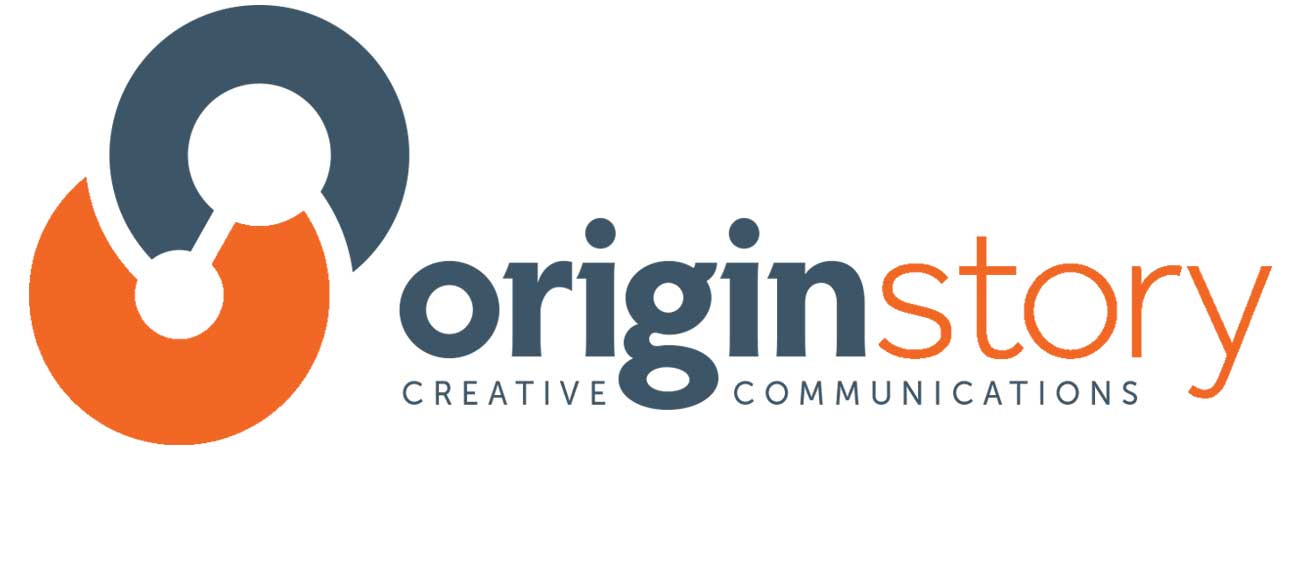3 Underrated Parts of the Video Creation Process
/Creating video is a complex process. There are so many factors and decisions that need to be made. It can be very intimidating if you’ve never gone through it. When meeting with clients, I like to talk about our process, break it down, and try to answer as many questions as I can. The more you know about the process, the easier it is to make informed decisions on how to wisely spend your budget dollars.
I’m going to discuss three underrated parts of the creative process. The goal here is to give you some insight into what happens under the hood. Understanding why we make certain decisions can shed light on suggestions we make and why we take certain approaches to our solutions.
Let's assume you've been assigned the task of creating a short testimonial video that will include interviews from stakeholders and some motion graphics to explain key components.
Scriptwriting
The building block of your video. A script for a corporate video is usually formatted into two columns. The left column, what you see, is where the visuals that you see on screen are described. These visuals might be interviews, broll shots, photos, text, graphics, or animations. The right column, what you hear, is where the narration or interview soundbites are placed. The right column might be written as on-screen text if your video does not have narration. When reading a double-column script, you read a description of the visuals, and then the accompanying narration/soundbites associated with those visuals. You’ll start to get a mental picture of how the visuals and audio with mix together.
When we work with clients, there’s typically two approaches to drafting a script. The first is to write the script yourself. We have many clients that understand their message inside and out and can communicate it well. In these cases, we often provide simple advice and wordsmithing on a script to refine certain areas. Sometimes clients prefer to write the only the narration and we develop the visual approach.
If a client is uncomfortable drafting the script, we’ll write the first draft ourselves. We often have a few conversations about the topics and generally ask for an outline and/or breakdown of the content that needs to be communicated. We’ll then take that outline and draft the script, complete with visuals and narration.
Style Frames
A peak at the final design of your video. For many clients, it’s hard to visualize what a video is going to look like before it’s finished. When we’re producing a video that features a heavy motion graphics or 3D animations, we’ll often produce style frames of those graphic treatments. Style frames, or concept frames, show various types of graphic looks at key points in the video. It’s our goal to show the colors, font treatment, graphic elements, and the arrangement of these components within the frame.
The important thing to keep in mind with style frames is that they’re stills. Motion graphics and 3D animations are designed to move across time. Style frames give clients the chance to provide feedback before a lot of work is spent animating. It’s similar to a home contractor providing material samples and mockups before placing a full order and beginning construction. Once those materials are purchased, it can be costly to change. The same goes for animation, and that’s why we love to produce style frames.
Editing
Creating order from chaos. Editing is one of those rare skills that, when it’s done right, should be seamless and invisible to the audience, all the while evoking an emotion and stirring a thought. It’s the editor’s job to put the pieces together in a way that meets the needs of the client and tells the story or conveys the message most efficiently.
With most of our corporate clients, the editing process, put simply, is the reviewing all of the footage and assets that have been filming, provided, or otherwise gathered, and selecting the most appropriate elements necessary to convey the message. If there’s a script for the project, the editor will use the script as a blueprint and try to match the assets they have to that script. If there isn’t a script, it’s the editor’s job to craft the message from the raw materials. In many cases there are holes, gaps, or things that sometimes just don’t work. That’s where an experienced editor shines.
The most important thing to understand about editing is that it’s a creative problem-solving process. When we work with clients, the editor will do much of this work before the client sees a review of video. We emphasize the planning and pre-production process so that when a client sees a cut, it’s exactly as expected. We're executing a pre-developed strategy. We like to limit surprises. Minor course corrections are often necessary, and anticipated, as it’s part of the normal process. In the end, if we’ve done our job, the editing will be seamless and evocative at the same time.
Final Thought
As a client, ask your video production partner smart questions about their approach to your project. By knowing a little bit about what goes into the process, you can communicate what solution you're looking for, navigate around potential problems, and stretch your budget.

